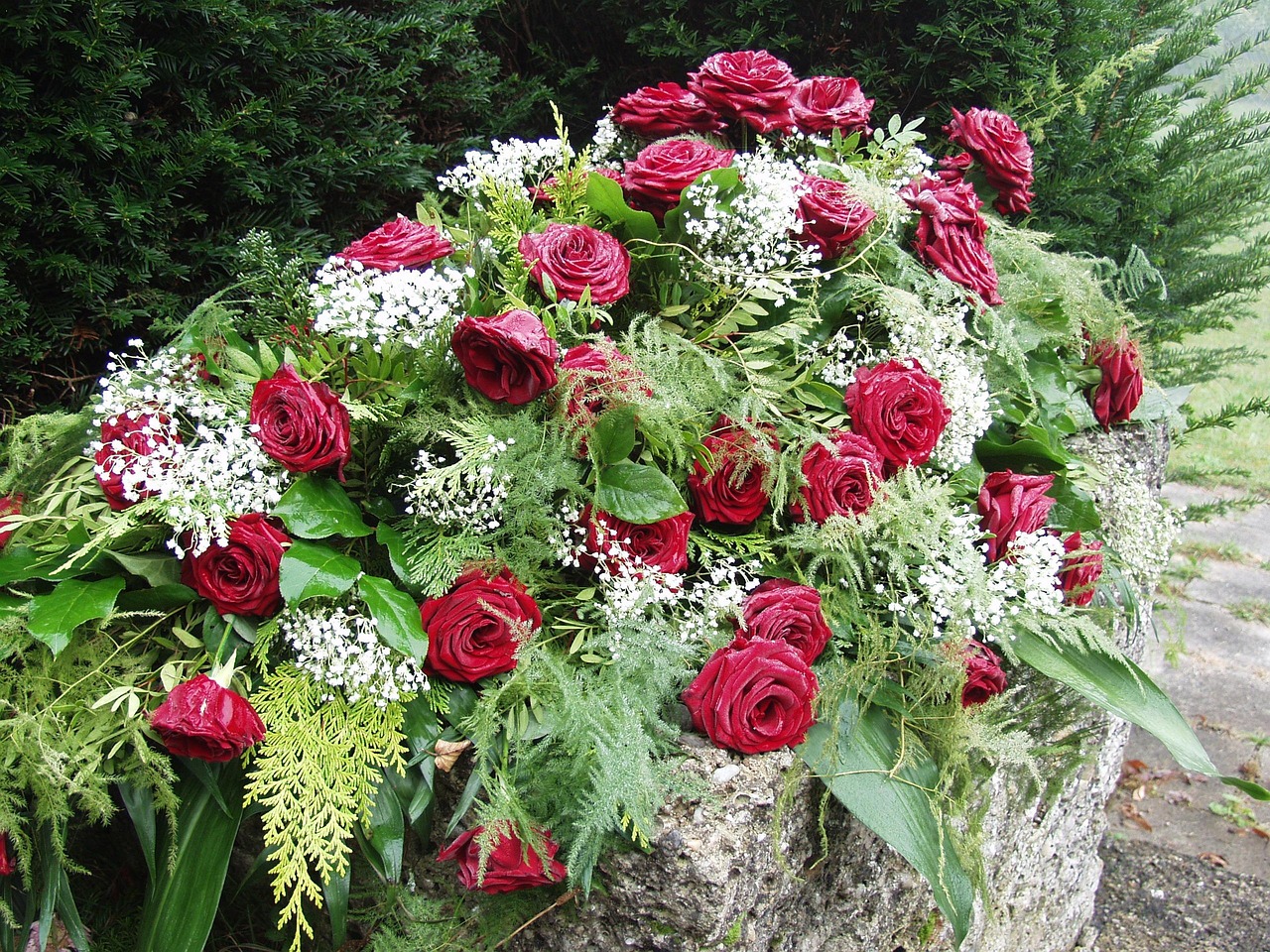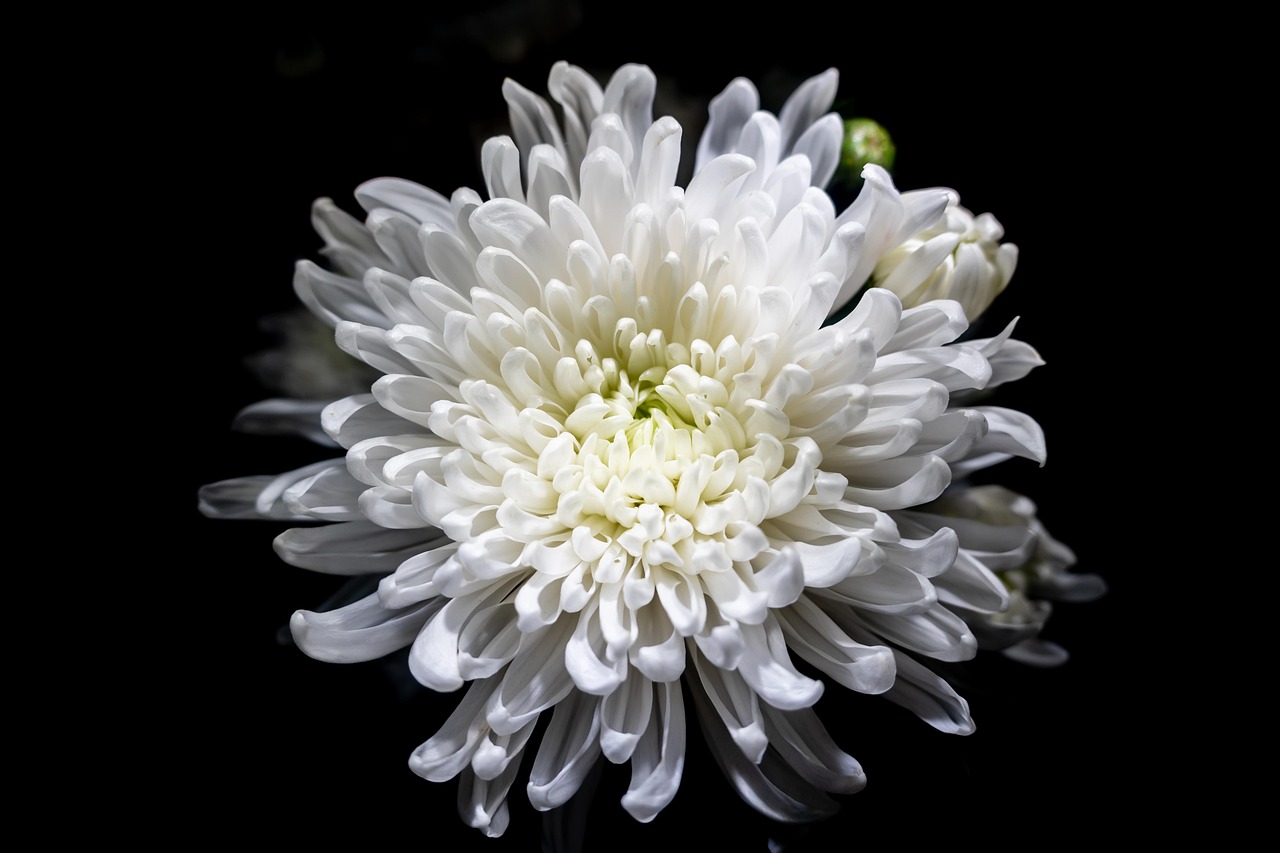The Beauty and Meaning of Purple Flowers: A Symbol of Elegance and Enchantment
Purple flowers have long captivated the hearts and imaginations of people around the world. Their stunning hues range from soft lilacs and lavenders to rich violets and deep plum shades. Whether arranged in a wedding bouquet, grown in a garden, or gifted to a loved one, purple flowers bring a sense of magic, sophistication, and serenity. But beyond their visual beauty, these flowers carry deep symbolic meaning and cultural significance that make them especially cherished.
In this blog post, we’ll explore the enchanting allure of purple flowers, their meanings in various cultures, the best types of purple flowers for your garden or bouquet, and how you can use them to enhance your home, events, and floral arrangements.
The Symbolism of Purple Flowers
The colour purple has always been associated with royalty, luxury, and nobility. In ancient times, purple dye was rare and expensive, reserved only for the wealthy and powerful. As a result, purple flowers naturally inherited this regal symbolism. Today, they are still seen as elegant and refined, perfect for making a bold, graceful statement.
However, the meaning of purple flowers goes beyond wealth and sophistication. They are also linked to:
- Mystery and Magic: Deep purple blooms evoke a sense of wonder and fantasy, often used in spiritual or mystical settings.
- Wisdom and Imagination: Purple is considered the colour of introspection and creativity, making purple flowers a thoughtful gift for artists, writers, or anyone embarking on a journey of self-discovery.
- Romance and Devotion: While red flowers signify passionate love, purple flowers express a deeper, more spiritual connection and enduring admiration.
- Peace and Tranquillity: Softer shades of lavender and lilac promote calmness and relaxation, ideal for soothing spaces like bedrooms and spas.
Popular Purple Flowers and Their Meanings
There are countless purple flowers to choose from, each with its own unique charm and message. Here are some of the most beloved purple blooms and the symbolism they carry:
1. Lavender
Lavender is perhaps one of the most iconic purple flowers. Known for its gentle fragrance and calming properties, it symbolizes serenity, purity, and devotion. Lavender is often used in aromatherapy and is a popular choice for rustic weddings and natural floral arrangements.
2. Lilac
Lilacs are a favourite springtime flower, known for their delicate blossoms and sweet scent. They represent youth, renewal, and first love. Pale lilacs convey innocence, while deeper hues suggest deeper emotional bonds.
3. Violets
Violets are small but mighty in symbolism. Traditionally, they signify modesty, faithfulness, and spiritual wisdom. In Victorian floriography (the language of flowers), violets were used to convey messages of loyalty and remembrance.
4. Iris
The iris is a majestic bloom named after the Greek goddess who acted as a messenger between heaven and earth. Purple irises are particularly meaningful, symbolising royalty, wisdom, and valor. They’re a striking addition to both garden beds and formal arrangements.
5. Clematis
Clematis vines produce stunning star-shaped purple flowers that symbolise creativity, ingenuity, and mental strength. These flowers are ideal for climbing trellises and bringing vertical interest to a garden.
6. Orchids
Purple orchids are the epitome of luxury and rare beauty. In addition to symbolising refinement and wealth, they also represent admiration and respect. These exotic flowers are perfect for elegant home décor and high-end events.
7. Allium
With their globe-like blooms, alliums offer an architectural touch to any arrangement or garden. Purple alliums represent unity and patience and are favoured for both their form and their symbolism.
Using Purple Flowers in Floral Arrangements
Purple flowers are extremely versatile. Whether you’re planning a romantic wedding, a stylish event, or simply decorating your home, these blooms can add drama, contrast, or softness depending on how they’re styled.
- Weddings: Lavender, lilac, and purple roses create a dreamy and romantic vibe. Mix them with whites and greens for a soft, ethereal palette.
- Modern Arrangements: Combine deep purple orchids with minimalist greenery for a bold, contemporary look.
- Garden Design: Plant purple flowers alongside white or yellow blooms to make them stand out and attract pollinators like bees and butterflies.
- Home Décor: Use lavender sprigs in a vase or dried arrangement to bring calm energy to bedrooms, bathrooms, or entryways.
Purple Flowers in Different Cultures
Across the world, purple flowers hold significant cultural and spiritual meaning:
- In Japanese culture, wisteria—a cascading purple flower—is a symbol of love, longevity, and elegance.
- In Christian tradition, purple flowers are associated with Lent and Easter, representing penance, reflection, and spiritual renewal.
- In Feng Shui, purple is a powerful colour for transformation and balance. Placing purple flowers in the wealth or creativity corners of your home is believed to enhance prosperity and inspiration.
Purple Flowers and Emotional Wellness
In addition to their aesthetic appeal, purple flowers offer emotional benefits. Their colours have a soothing effect on the mind, helping to reduce stress and anxiety. Incorporating purple flowers into your living space or personal rituals can help you feel more centred and connected to your inner self.
Lavender essential oils, for example, are commonly used to promote restful sleep and calm nerves. Simply seeing a bouquet of purple blooms can uplift your mood and bring a sense of peace to your day.
Final Thoughts
From their royal associations to their calming properties and symbolic richness, purple flowers are truly in a league of their own. Whether you’re planting them in your garden, using them in an event, or gifting them to someone special, they convey messages of elegance, mystery, and meaningful emotion.
If you’re searching for flowers that combine stunning beauty with deep significance, purple blooms are a timeless and versatile choice. Explore our collection of fresh, seasonal purple flowers today and discover how these magical blossoms can elevate your world—one petal at a time.



